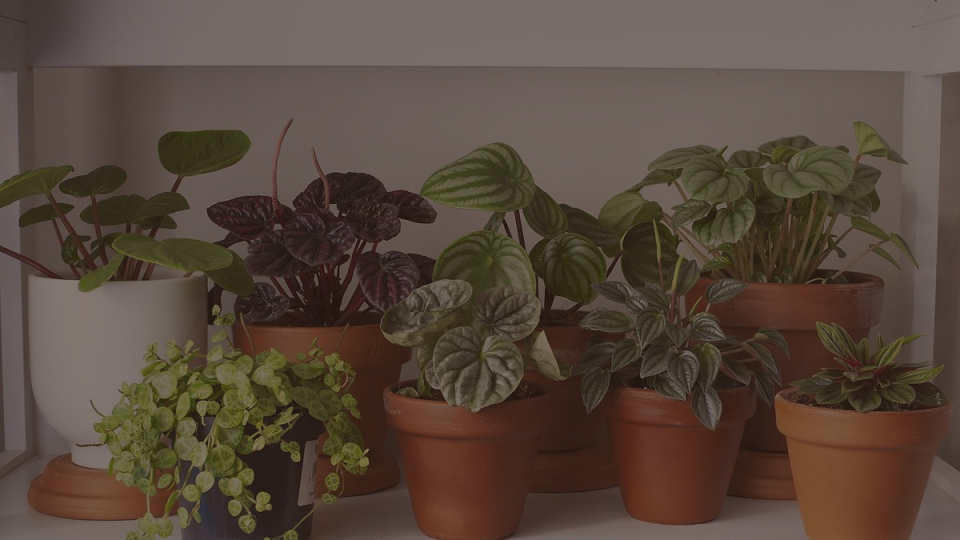
The effects of lights on plants depend on different lights. Plants can be categorized according to their requirements for light. The amount, color, intensity, and duration of the exposure all play a role in determining the color of the leaves and the height of the plant. When compared to a plant that proliferates in either direct or indirect sunlight, the foliage of a plant that is kept indoors will have more yellow pigment in it, resulting in a lighter green hue.
Light plays a vital role in the growth and development of plants. Light is essential for photosynthesis, the process by which plants produce food, and it also regulates other plant processes such as hormone regulation, gene expression, and stress responses.
Light is necessary for photosynthesis, which is the process by which plants produce food. Chlorophyll, the pigment responsible for capturing light, is essential for photosynthesis. Different wavelengths of light can affect the rate of photosynthesis, with red and blue wavelengths being the most effective.
Overall, the effects of lights on plants are diverse and complex. Understanding how different wavelengths of light, light intensity, and photoperiod affect plant growth and development is essential for maximizing crop yield and optimizing indoor gardening practices.

The Effects of Lights on Plants
Plants have proven to show the following changes in them when exposed to the light of different color :
1. Yellow Light
Yellow light promotes the growth and accumulation of bioactive flavonoids and performs very much the same as the natural white light from the sun but plants get a little boost in the flavonoids which brighten the green color of leaves.
2. Blue Light
Generally, Blue light suppresses extension growth; plants grown with blue light are usually shorter and have smaller, thicker, and darker green leaves compared to plants grown without blue light.
3. Red Light
The appearance of many plants grown only in red light is stretched and elongated. For plants, red light is very good at controlling their growth and development. The plants grow tall and have large, thin leaves. Red light prolongs flowering and aids in fruiting. It has the potential to significantly boost plant growth and photosynthesis. It will expand the creation of a chemical in a plant’s vegetation that forestalls the breakdown of chlorophyll which keeps the foliage greener for a more extended timeframe.
4. Green Light
If the appropriate amounts of the other colors are not provided in conjunction with the green light, it may inhibit the growth of some plants. Therefore, the plant would not benefit from being exposed to green light unless it was also exposed to red and blue light.
5. Warm White LEDs
A very small quantity of stem and leaf growth was boosted by the warm white LEDs.
White light provided a superior development environment because it had a greater ratio of chlorophyll to carotenoids and contained all the photons in the visible light spectrum. White LEDs can be used to simulate natural sunshine and offer a broad spectrum of wavelengths. Plants can receive a combination of blue, red, and green from white light.
Violet-blue light encourages chlorophyll absorption, photosynthesis, and growth and is best suited for plants with shorter heights and bigger leaves while red light promotes flowering and budding in the plant.

Beneficial Effects of Lights on Plants
- Increased photosynthesis: Light is essential for photosynthesis, the process by which plants produce food. The different wavelengths of light can affect the rate of photosynthesis, and by providing the right type of light, plants can produce more food and grow more efficiently.
- Faster growth: By providing plants with the right intensity and duration of light exposure, they can grow faster and stronger. This is particularly important in agriculture, where farmers can increase crop yields by optimizing light exposure.
- Improved plant quality: Light can affect the size, shape, color, and taste of plants. By carefully controlling the light spectrum and intensity, growers can produce high-quality plants with desirable characteristics.
- Better stress response: Plants exposed to light stress can experience damage to their tissues, but they also have mechanisms to respond to this stress. By providing the right type of light, growers can help their plants respond better to stress and protect themselves from damage.
- Increased yields: By providing plants with the right type of light, intensity, and photoperiod, growers can optimize plant growth and development, leading to increased yields. This is particularly important in agriculture, where maximizing crop yields is critical for food production.
The beneficial effects of lights on plants are significant and have a wide range of applications in agriculture, horticulture, and indoor gardening. By carefully controlling the light spectrum, intensity, and photoperiod, growers can optimize plant growth and development, leading to higher yields and better-quality plants.
CONCLUSION
Overall, the effects of different types of light on plants are diverse and complex. Understanding how different wavelengths of light, light intensity, and photoperiod affect plant growth and development is essential for maximizing crop yield and optimizing indoor gardening practices. By using LED grow lights and carefully controlling the light spectrum, intensity, and photoperiod, gardeners can help their plants thrive and produce healthy, abundant yields. So, we have wrapped up the effects of lights on plants.





